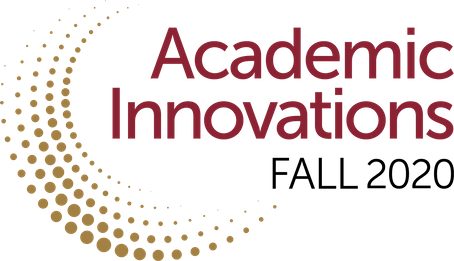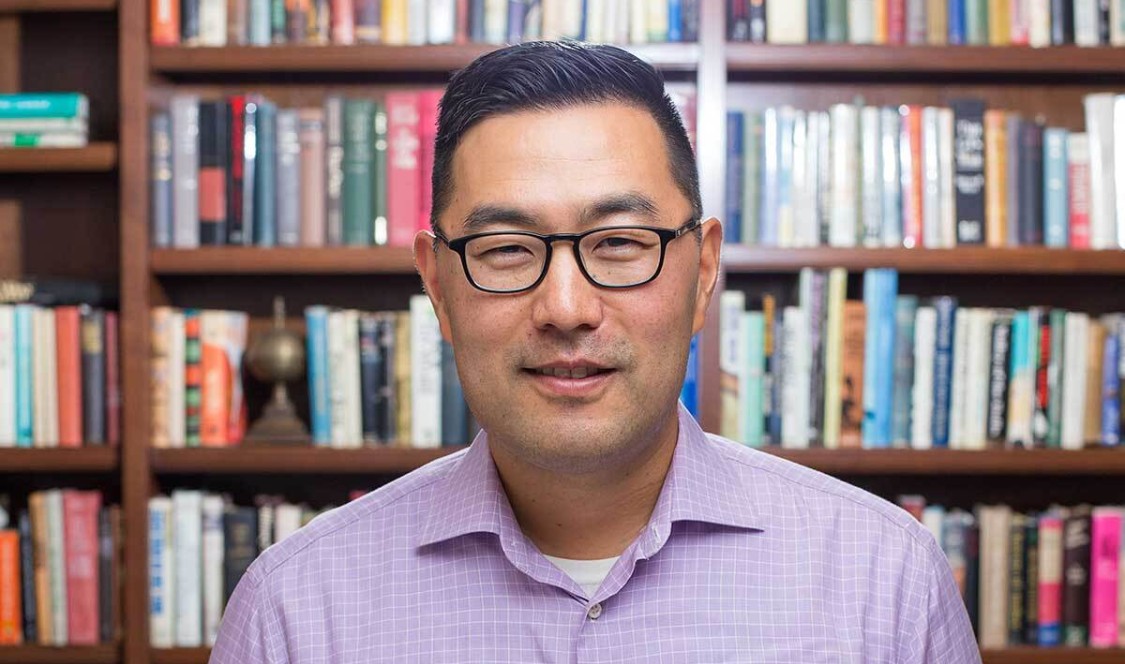Across the CMC curriculum, members of our faculty are meeting the challenge of these unprecedented and historic times, delivering exceptional coursework in a fully online modality for the fall semester. In our Academic Innovations series of faculty Q&As, professors share their curricular highlights, best practices, and how students are helping to shape virtual learning for a memorable, collaborative academic experience.
Albert L. Park, Bank of America Associate Professor of Pacific Basin Studies, is teaching two courses this fall: “Design Activism” and “Modern Korean History.” He is also the co-principal investigator for EnviroLab Asia at The Claremont Colleges.
What are some ways you are reimagining your “Design Activism” class for the fall?
My “Design Activism” course looks at the intersection between social activism and design. First, in response to the pandemic and the protests against racism, I have expanded my syllabus to include more weeks on diseases and how to create effective designs to deal with pandemics and how design can tackle and overcome racism. This class has always tackled racism in the U.S. and globally—especially through topics like housing discrimination against African Americans and embedded racism within the design of buildings. This semester, we will cover how design can take on systems that have created and maintained racism. To help students approach these subjects in ways that are tangible and hands-on, I am sending out design kits with craft materials that students can use to design and build objects each week in class. I am also sending each student a box of Legos for building, chalk spray paint for our exercise on spray painting and activism, and an organic herb starter kit. The herb starter kit will be a way for students to grow their own herbs, which they will use to make their own food dish for class. Growing herbs and making a dish will be a way for students to think about the source of their food and how to redesign the food system in ways that overcome inequality and environmental racism.
Are you using the same approaches for “Modern Korean History”? EnviroLab Asia?

For “Modern Korean History,” I have included weekly group projects and a recorded lecture (this is especially to help my international students). Each week students will be put in groups, and they will be asked to come with designs to the most serious issues on the Korean peninsula based on their historical knowledge of modern Korea. For example, students will work together on drawing up plans to de-nuclearize the Korean peninsula and how to achieve reunification. Students will also take what they have learned about Japanese colonialism, imperialism, and racism to design new international systems that are inclusive and respect differences. Finally, as a way for students to learn more about Korean culture and the intersection between capitalism and culture, students will form a K-Pop group and come up with songs, logos, and fan gear. It is optional if they want to sing!
With EnviroLab Asia, I will invite guest speakers—an architect, art curator, and an organic farmer—to talk about how to connect design with social activism to create fundamental changes. Even though we won’t be physically together, we will still design and build collectively through the online format.
What are you most excited for students to experience in the fall?
For me, whether it be online or in person, what matters the most is constructing a community of reflective learners who work together to figure out how to approach and study the past and how to apply history toward tackling pressing problems in the present. Constructing this type of community depends on building the appropriate intellectual context. It is my responsibility to make sure that I introduce a learning environment where a diverse range of views and perspectives are presented and respected. I plan to do this by using appropriate subjects, methodologies, and readings that will lead to deep reflection; issuing intellectually-rigorous assignments that connect knowledge and practice; and developing in-class exercises and projects where students learn from each other, depend on, and respect one another.
I think students will enjoy these new ways for building community and mutual help, especially through project-based learning exercises. I also think students will enjoy the challenge of how to work together virtually to create new designs. It will force them to come up with new ways to communicate and express themselves. Finally, the students will appreciate the opportunity to use the classes as incubation labs where they will be asked to use history and design to come up with approaches and solutions to problems and issues in their everyday lives and communities.
What learning opportunities are you seeing as a result of this crisis?
As a historian, I would call the pandemic a rupturing event that has jolted us from our routines and forced us to design new ways of carrying out everyday life. For a professor, this event has pushed me to reflect on my teaching styles and the way I have engaged students. In particular, it has caused me to go back to the basics and think about the goals of teaching and how to deliver effective learning outcomes. For instance, the crisis has led me to think about how I can use history, design, and EnviroLab Asia to prepare students for a world where new pandemics will emerge in the future—there are serious threats to our environment and there is massive racial injustice and discrimination. Living in this type of world requires us to help students to become more empathetic, resilient, flexible, and well-grounded people in terms of morals and ethics—and I am transforming my online classes to help those in my classes to become this type of student.
What discussions are you having with students and colleagues? Has that shaped or influenced how you are thinking about your courses?
I am having a lot more one-on-one meetings with students via Zoom, which has led to creative planning sessions on how to help them with their research and elevate their experiences in an online class. The students have told me that they want more meaningful community via Zoom, and I have hopefully redesigned my classes to give them more of these experiences.
I have really enjoyed my conversations with students, especially on their summer projects and how to prepare for the senior thesis. For EnviroLab Asia, we will be giving students more outlets where they can express their experiences of the pandemic and their responses to the protests over the summer. In particular, EnviroLab Asia plans to offer more workshops for students and faculty on environmental racism and how the sciences, social sciences, and the humanities can work together on overlapping issues.
The heroic efforts of faculty and the Dean of the Faculty’s office throughout the summer has given me a tremendous amount of confidence in our abilities to deliver a rich and dynamic learning experience for our students this year and onward.
Click here for a full list of curricular innovations from CMC faculty in the fall.
—Thomas Rozwadowski

